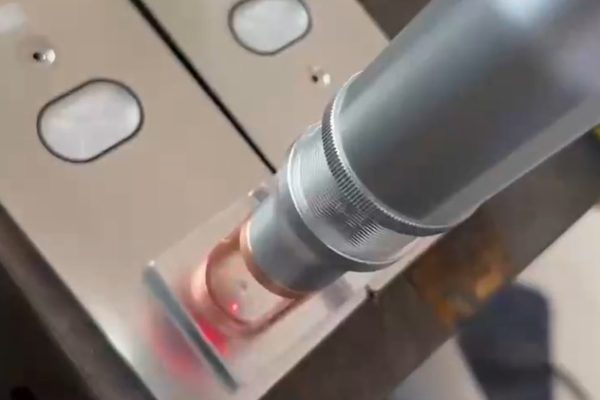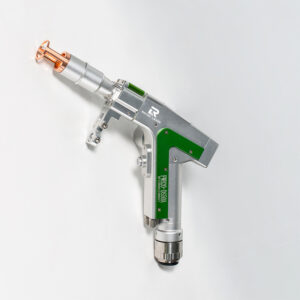When operating a handheld laser welding machine, some customers may encounter the problem that the laser gun emits red light but does not laser. This article uses Relfar’s dual motor wobbling laser welding head as an example to provide a detailed guide to identify potential causes and effectively implement solutions.
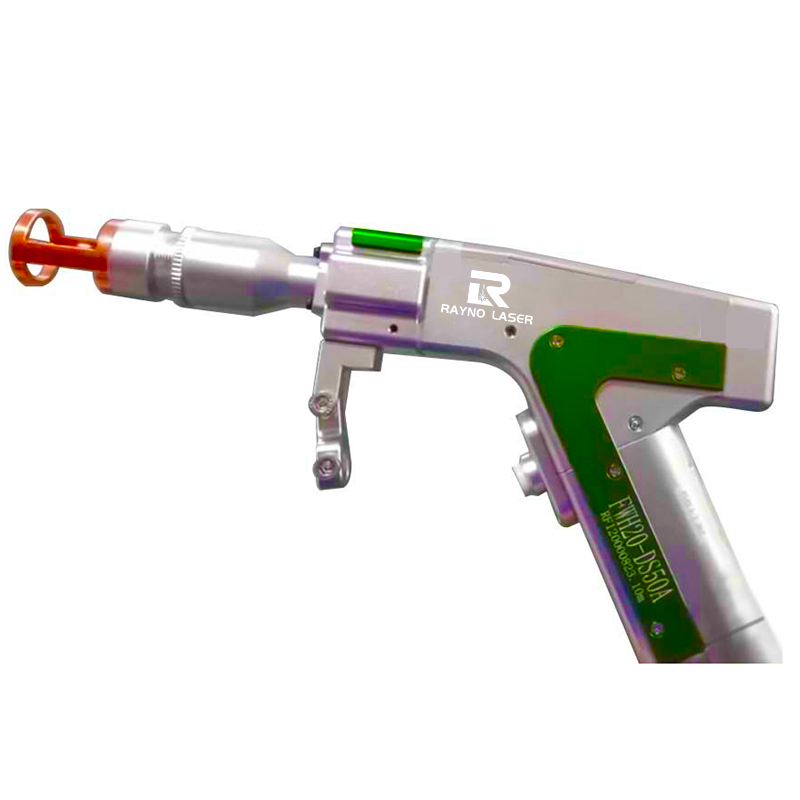
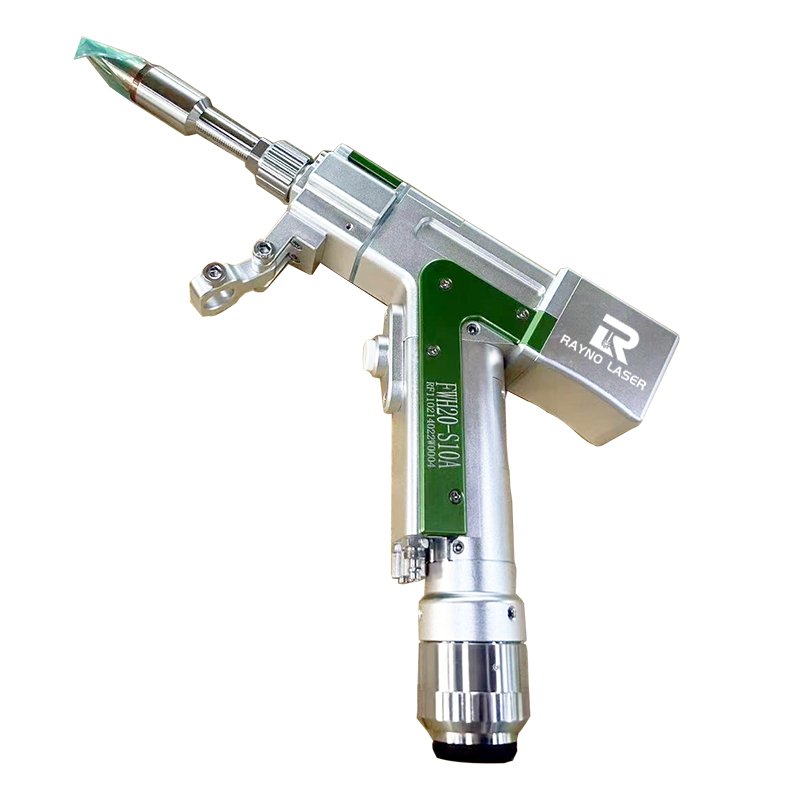
Possible Causes No Laser Beam:
- “Allow Emission” Setting Not Enabled:
- Ensure the “Allow Emission” option is enabled on the machine’s screen.
- Verify that the laser power is correctly set. The laser output requires a minimum of 10% of the rated laser power.
- Alarm Indicators on the Screen:
- Check for any alarm messages on the system screen. Alarms will prevent laser emission.
- Laser Source Alarm:
- Inspect the laser source for any alarm signals.
- Signal Line Issues:
- Verify that the laser signal lines are correctly connected.
- Ensure there is no loose connection or incorrect wiring.
- CN2 Port Signal Output:
- Use a multimeter to measure the signal output at the CN2 port to confirm proper operation.
- Signal from the Welding System:
- Confirm whether the laser source is receiving the signal from the welding system by connecting the laser source to monitoring software.
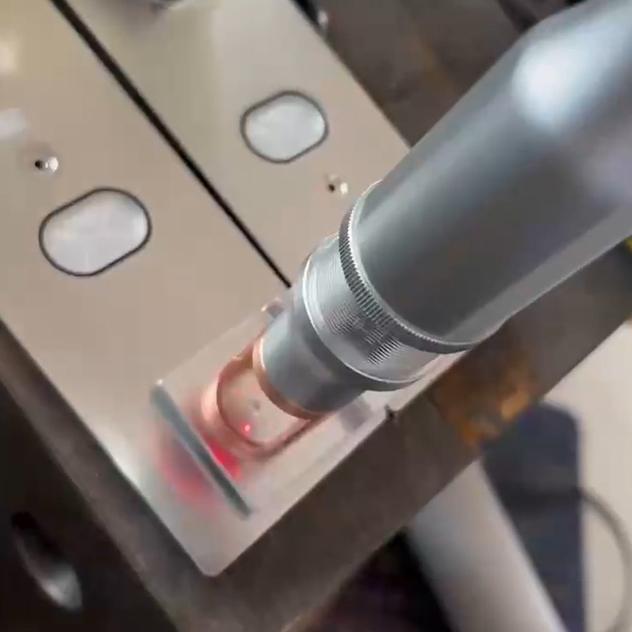
Solutions of No Laser Light:
- Enable “Allow Emission” and Set Laser Power:
- By default, the system starts with the “Allow Emission” option disabled. Manually enable it after startup.
- Set the laser power to at least 10% of the rated power for emission.
- Resolve Alarm Issues:
- Any alarm on the system screen must be addressed before the machine can emit the laser. Follow the alarm message to troubleshoot.
- Address Laser Source Alarms:
- Connect the laser source to a monitoring tool to view and address any alarm issues indicated by the laser source.
- Check Signal Line Connections:
- Inspect the laser signal line to ensure it is connected properly and securely.
- Confirm that the signal line is correctly plugged into the laser source terminals.
- Measure CN2 Port Signals:
- Before measuring, ensure the system is in laser emission mode with “Emission,” “Gas,” and “Wire Feed” displayed on the screen.
- CN2 Port Voltage Details:
- Pins 1-2: Modulation voltage (24V for normal systems, ~15V for cleaning systems).
- Pins 3-4: Analog voltage reflects the set laser power (e.g., 10V for full power, 5V for half power).
- Pins 6-9: Enable voltage (24V).
- Pins 8-10: Red-light voltage (24V when not emitting laser; 0V during laser emission).
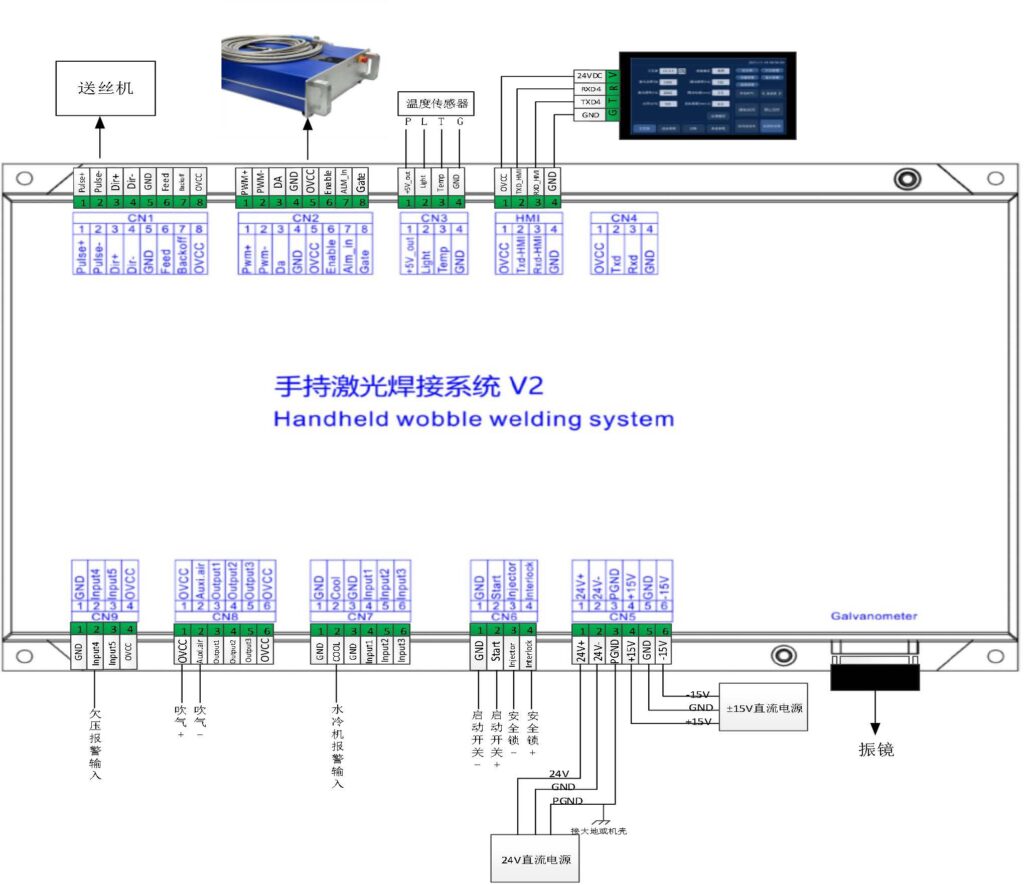
- Monitor Signal Reception:
- Use laser monitoring software to verify whether the laser source receives emission signals.
- If the laser source receives signals but does not emit, the issue may be with the laser source itself.
- If no signal is received, check for signal line disconnection or output abnormalities in the welding system.
Related products
Conclusion:
By following this guide, you can quickly identify the cause of laser emission issues and implement the appropriate solution. Regular maintenance and proper operation of the handheld laser welding machine are essential to ensure efficient and high efficiency welding performance. For more details, please contact Rayno Laser teams freely.

